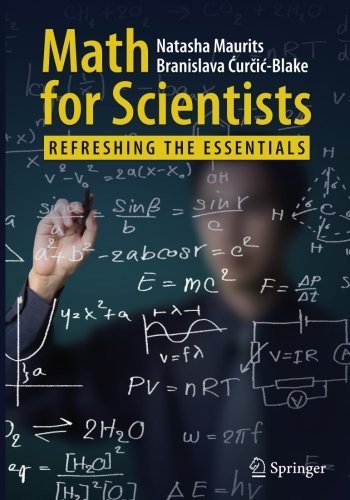

Most ebook files are in PDF format, so you can easily read them using various software such as Foxit Reader or directly on the Google Chrome browser.
Some ebook files are released by publishers in other formats such as .awz, .mobi, .epub, .fb2, etc. You may need to install specific software to read these formats on mobile/PC, such as Calibre.
Please read the tutorial at this link: https://ebookbell.com/faq
We offer FREE conversion to the popular formats you request; however, this may take some time. Therefore, right after payment, please email us, and we will try to provide the service as quickly as possible.
For some exceptional file formats or broken links (if any), please refrain from opening any disputes. Instead, email us first, and we will try to assist within a maximum of 6 hours.
EbookBell Team

4.1
30 reviewsThis book reviews math topics relevant to non-mathematics students and scientists, but which they may not have seen or studied for a while. These math issues can range from reading mathematical symbols, to using complex numbers, dealing with equations involved in calculating medication equivalents, the General Linear Model (GLM) used in e.g. neuroimaging analysis, finding the minimum of a function, independent component analysis, or filtering approaches. Almost every student or scientist, will at some point run into mathematical formulas or ideas in scientific papers that may be hard to understand, given that formal math education may be some years ago. In this book we will explain the theory behind many of these mathematical ideas and expressions and provide readers with the tools to better understand them. We will revisit high school mathematics and extend and relate this to the mathematics you need to understand the math you may encounter in the course of your research. This book will help you understand the math and formulas in the scientific papers you read. To achieve this goal, each chapter mixes theory with practical pen-and-paper exercises such that you (re)gain experience with solving math problems yourself. Mnemonics will be taught whenever possible. To clarify the math and help readers apply it, each chapter provides real-world and scientific examples.